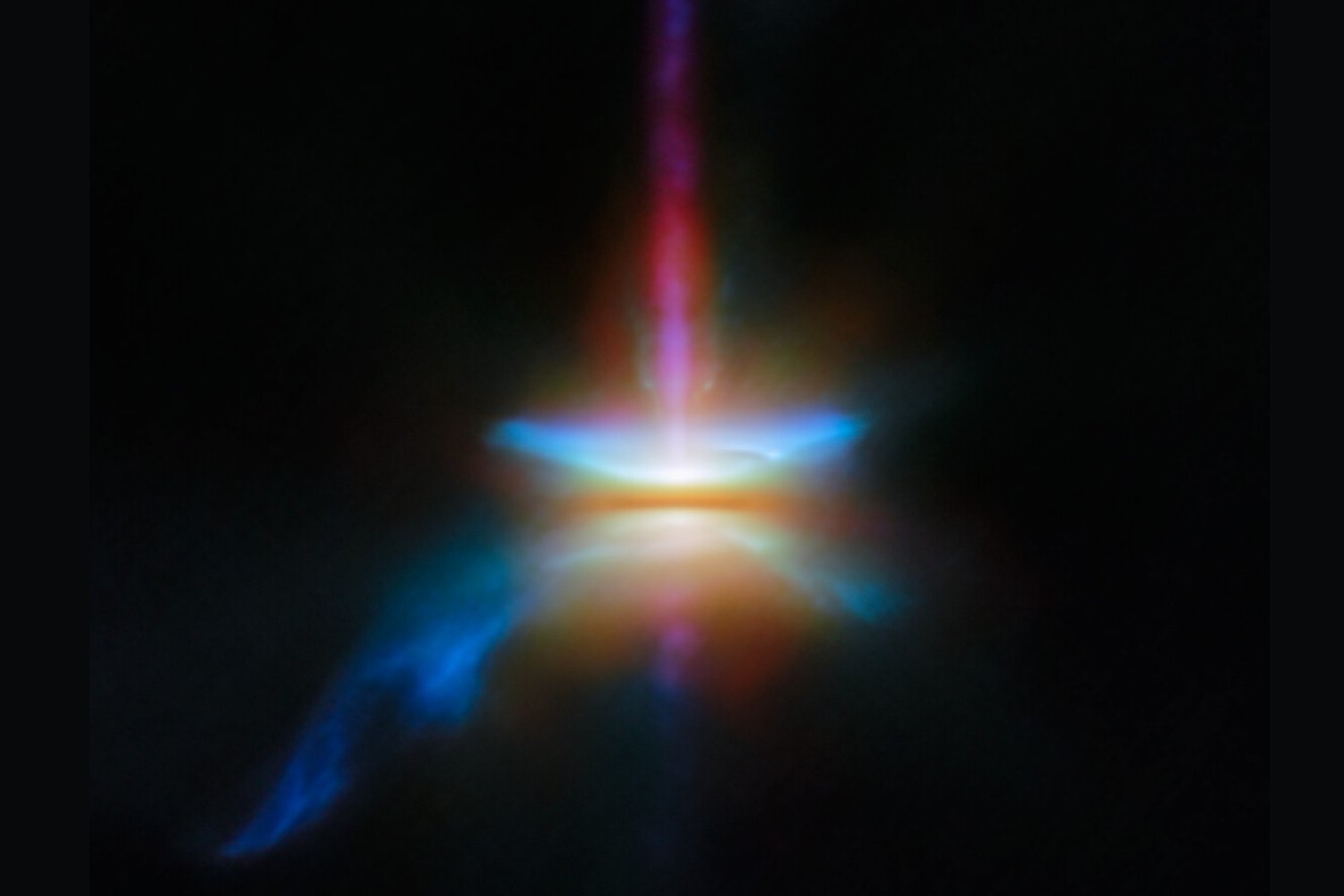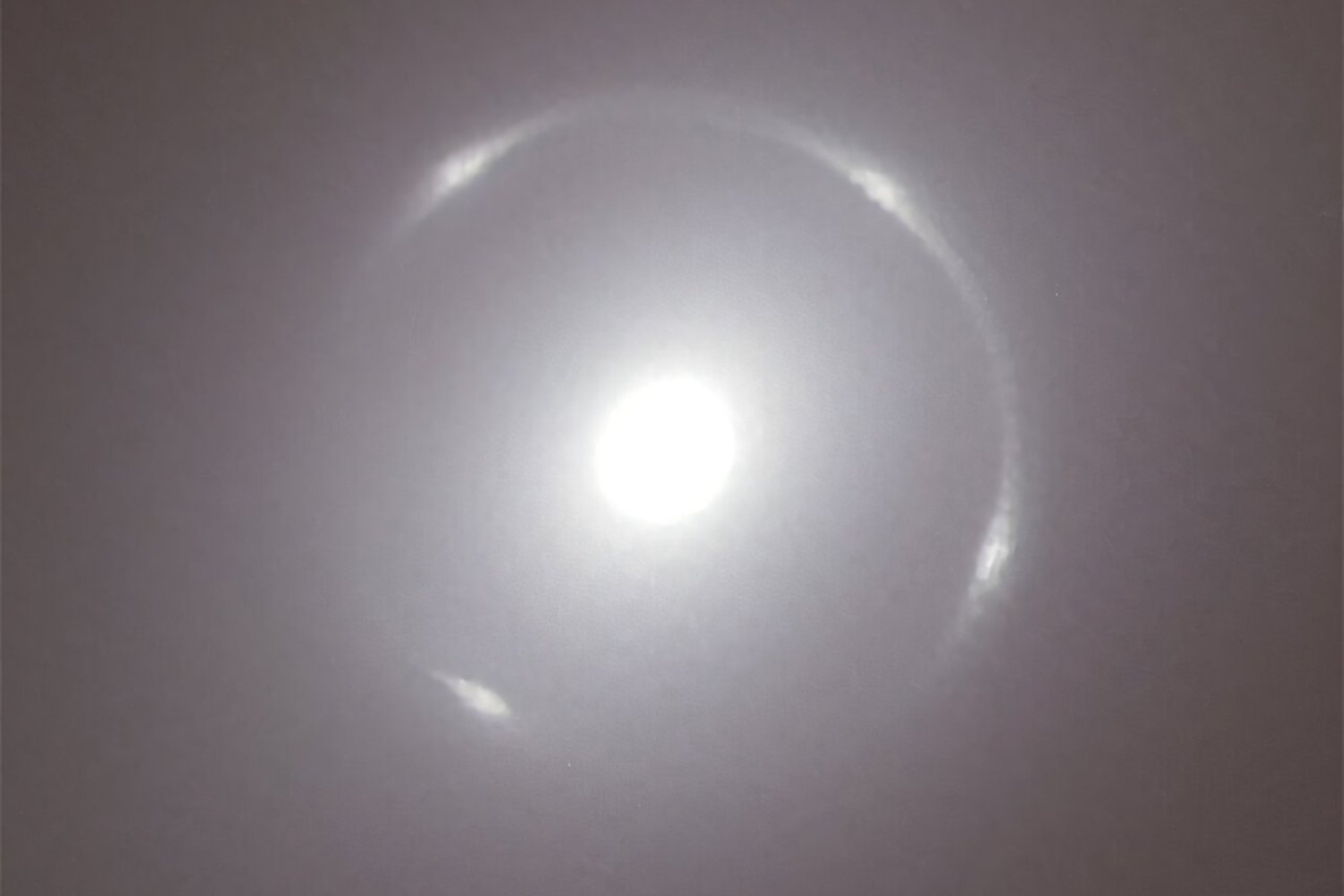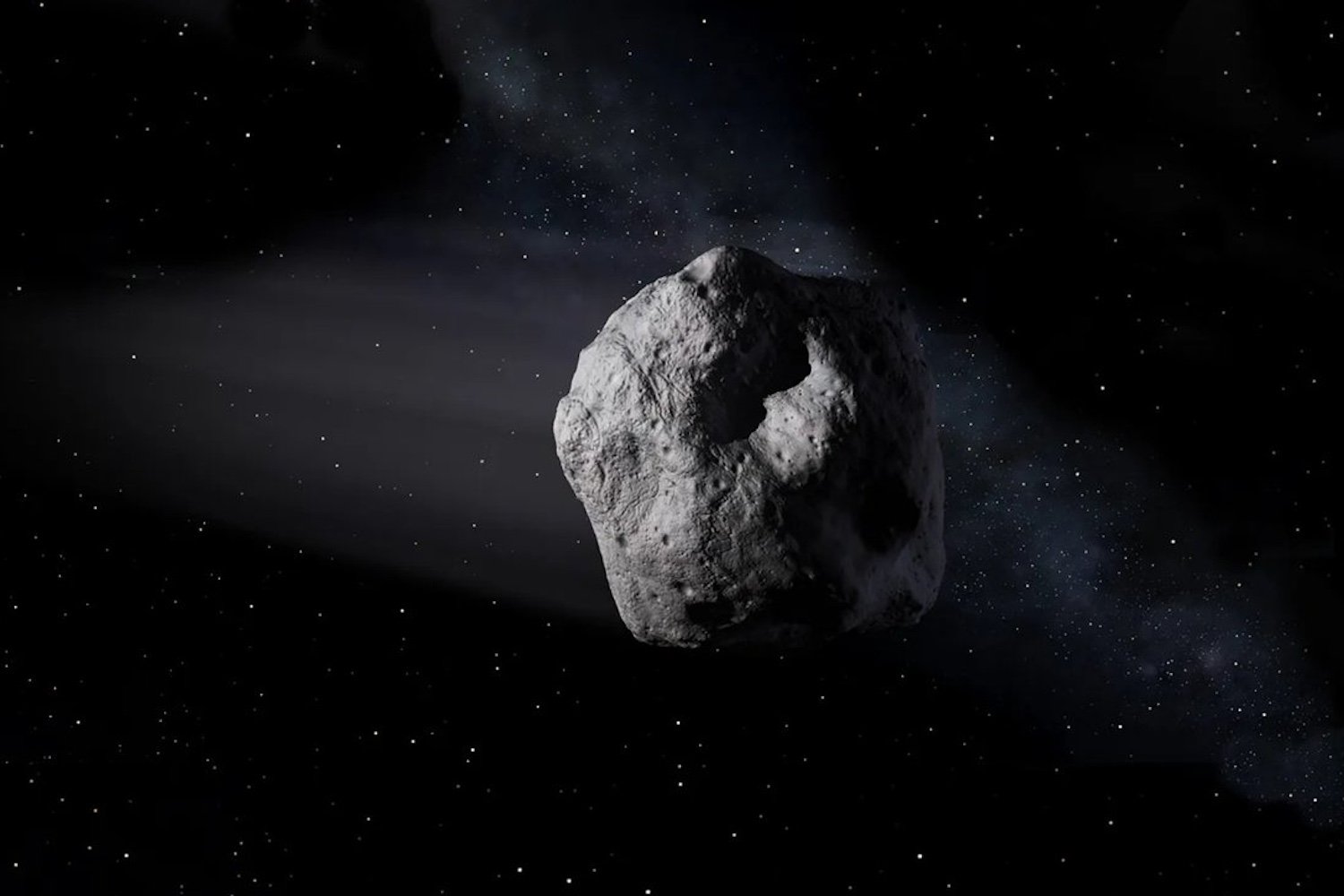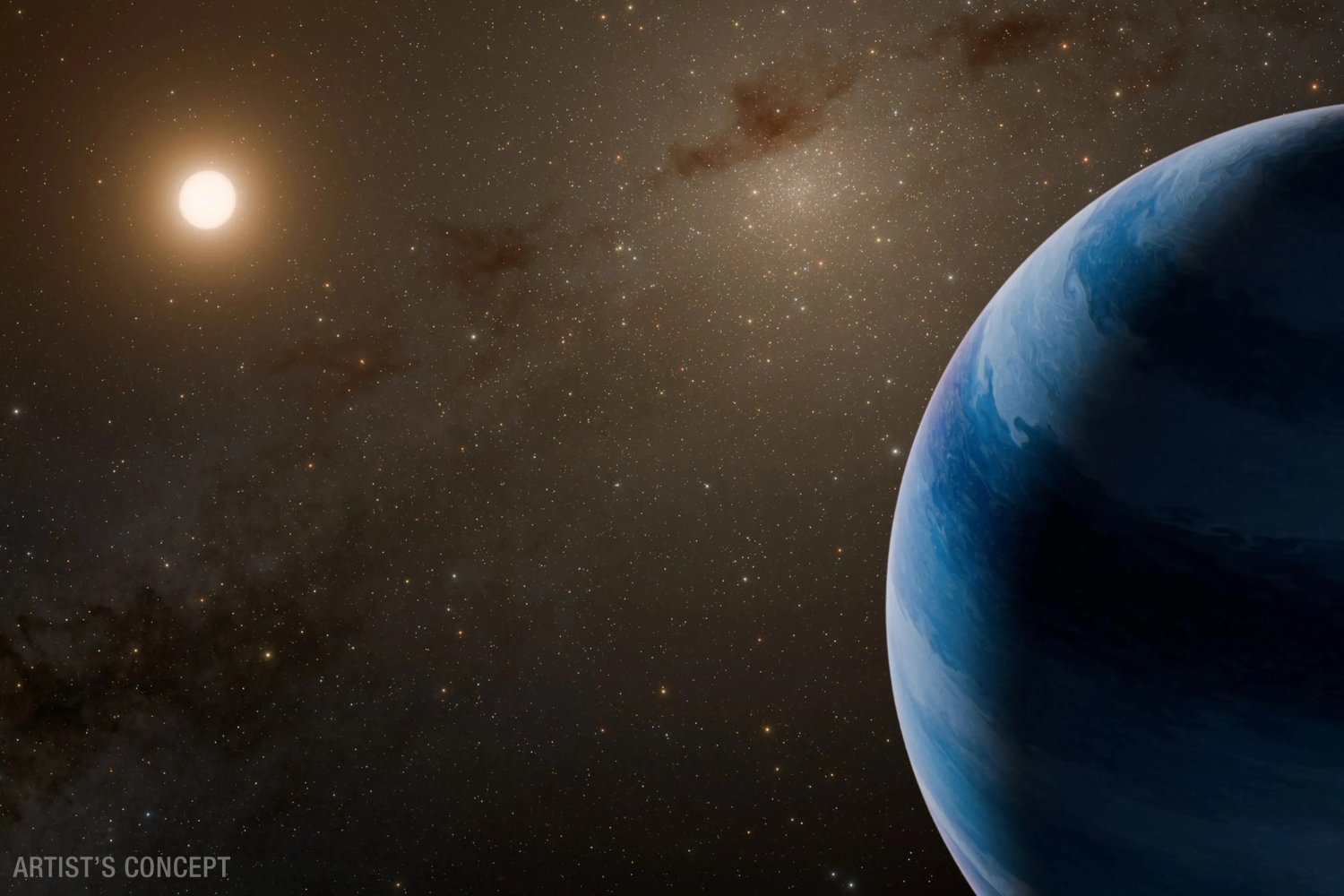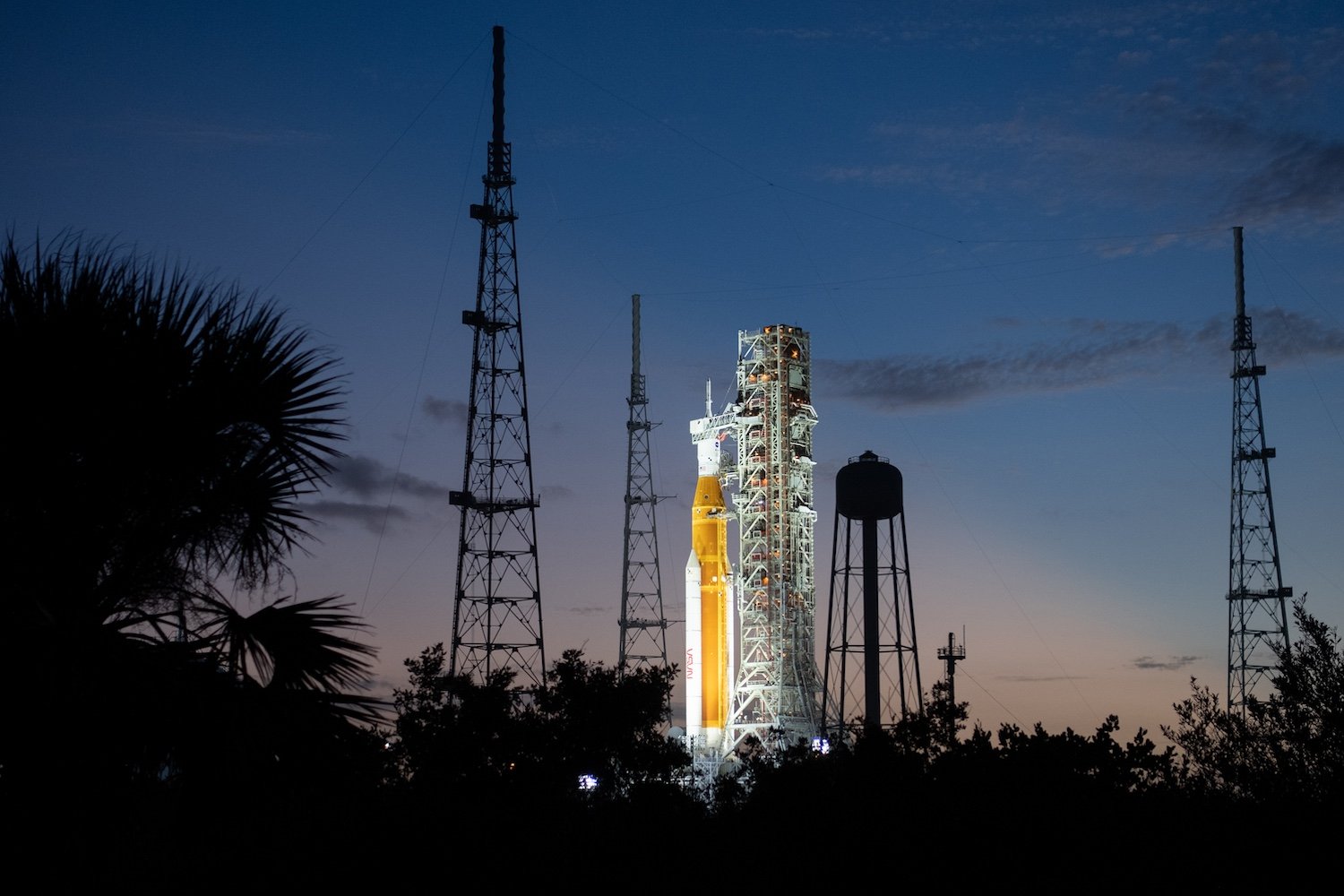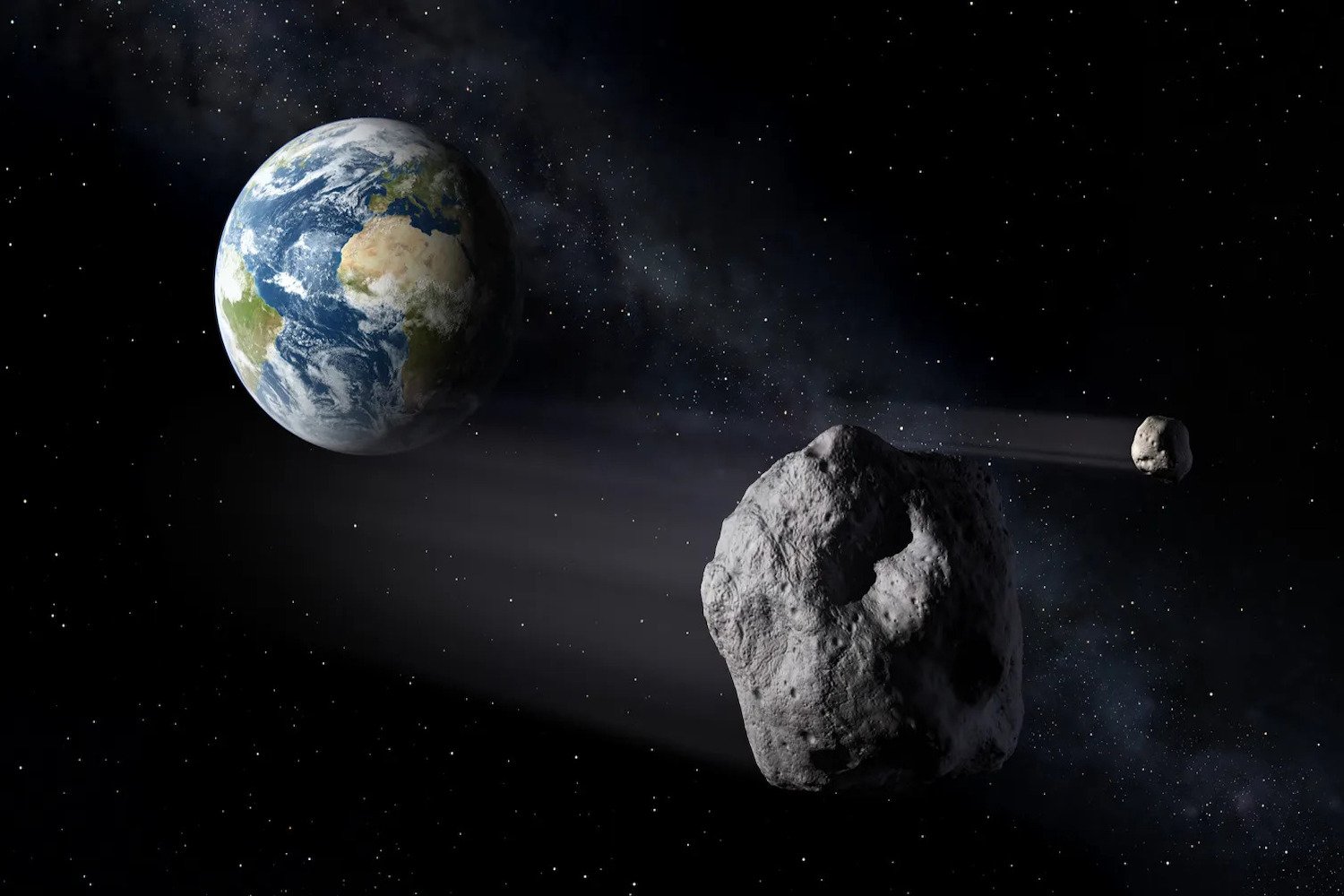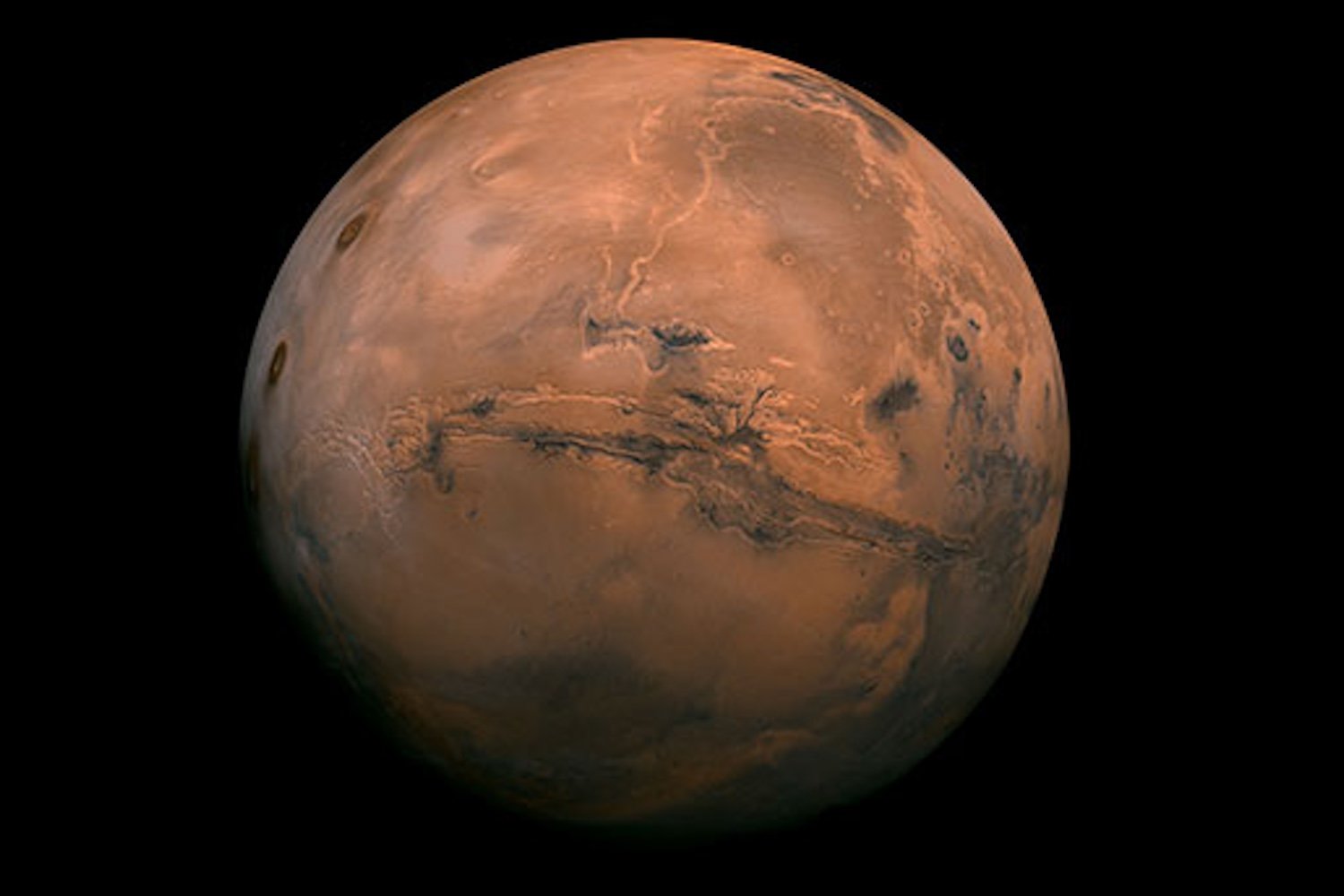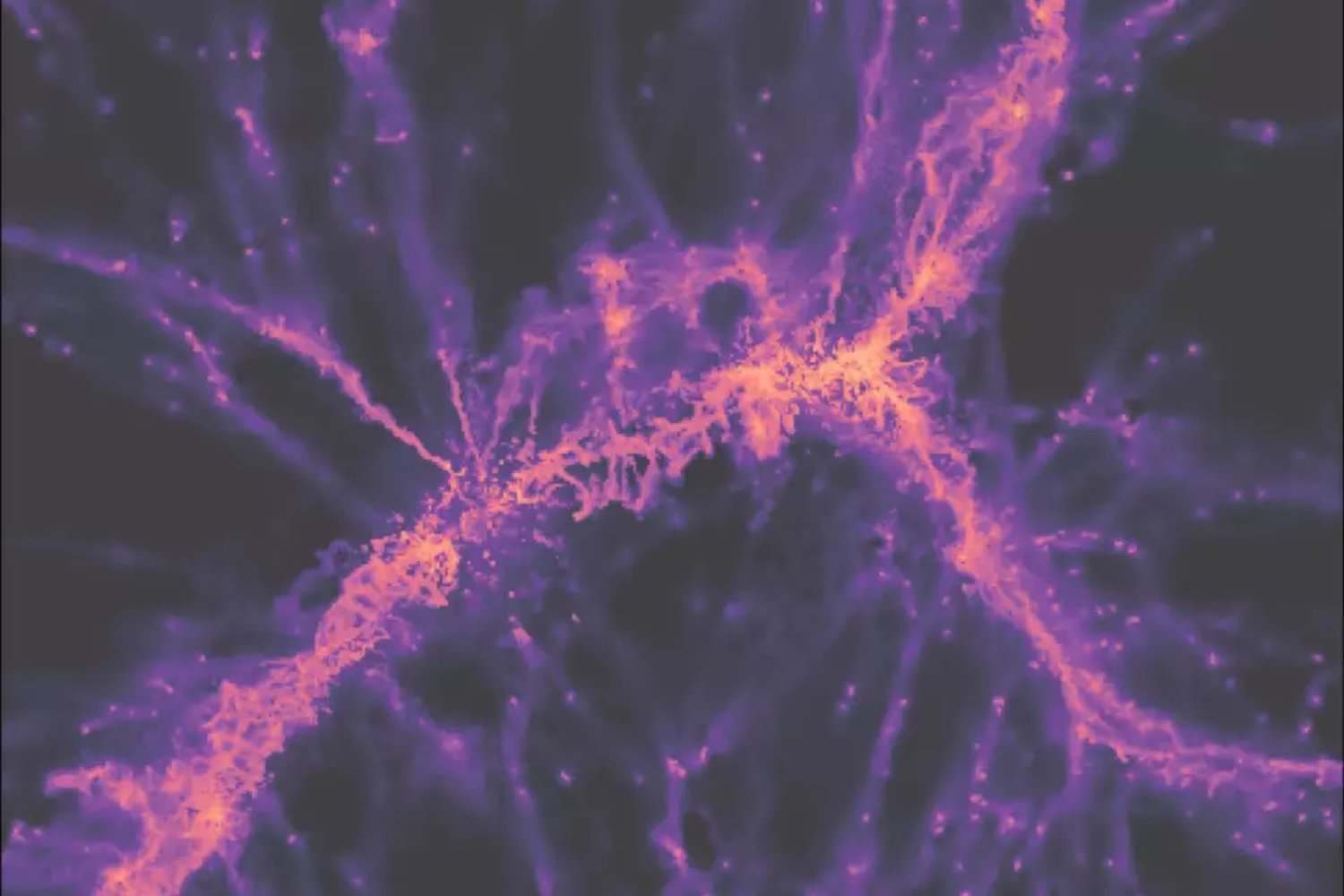The James Webb Space Telescope (JWST) continues to revolutionize our understanding of the universe, capturing breathtaking images of celestial objects in unprecedented detail. Its latest achievement? A stunning image of the protoplanetary disk HH 30, revealing intricate details of stellar birth and planetary formation.
Utilizing its advanced infrared capabilities, Webb has provided a fresh perspective on HH 30, a Herbig-Haro object known for its energetic outflows of gas and dust. Located roughly one million miles from Earth, Webb’s vantage point offers unparalleled clarity, surpassing previous observations by the Hubble Space Telescope.
A Deeper Look at HH 30
Herbig-Haro objects like HH 30 are vibrant regions of space surrounding newborn stars, or protostars. These young suns eject powerful jets of gas and stellar winds, shaping the surrounding environment and influencing planetary formation. HH 30’s edge-on orientation allows astronomers to observe these processes in action, witnessing the dynamic flow of gas and dust away from the central protostar. This perspective echoes other edge-on observations, such as the Gaia spacecraft’s comprehensive map of the Milky Way galaxy, which provided a unique glimpse into our galactic home.
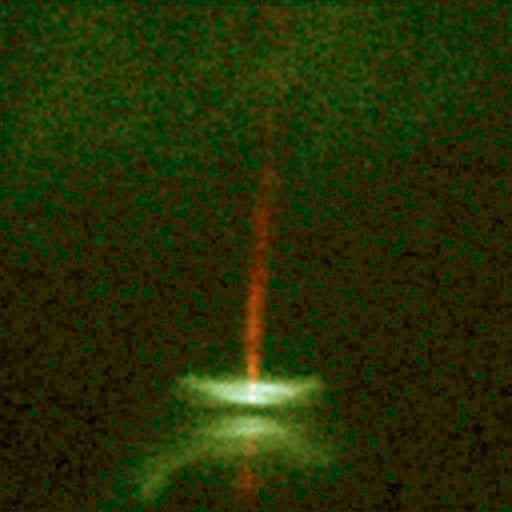 HH 30 as seen by Hubble.
HH 30 as seen by Hubble.
While Hubble previously imaged HH 30, Webb’s infrared vision and superior resolution provide a far more detailed view. This allows scientists to study the intricate structures and dynamics of the protoplanetary disk, offering insights into the processes that govern planet formation.
Webb’s Multi-Wavelength Perspective
The recent Webb observations of HH 30 are part of a dedicated research program investigating dust evolution within protoplanetary disks. Combining Webb’s data with previous observations from Hubble and the Atacama Large Millimeter/submillimeter Array (ALMA) offers a comprehensive, multi-wavelength perspective of HH 30.
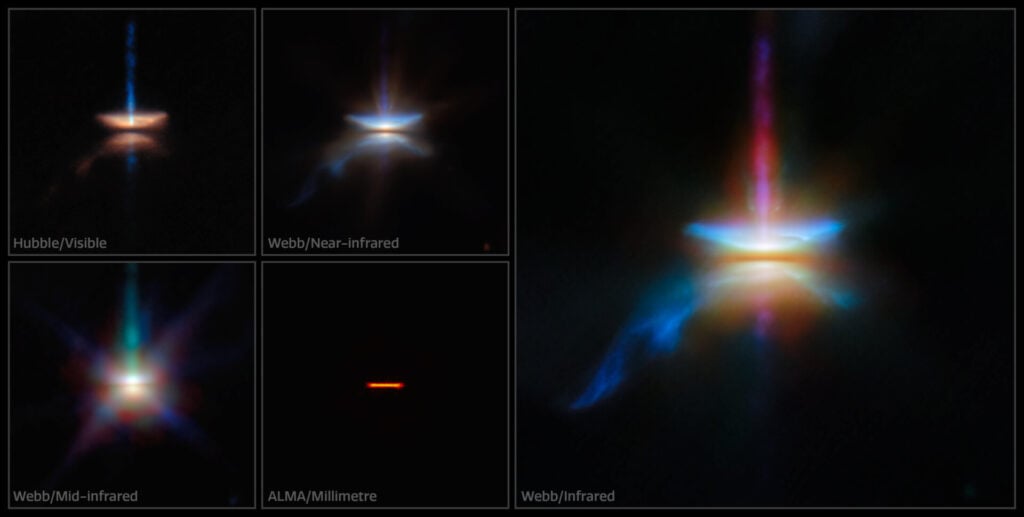 HH 30 seen in various wavelengths.
HH 30 seen in various wavelengths.
Webb’s infrared image showcases vibrant blue-green regions flanking a dark, narrow band of dust, representing the protoplanetary disk itself. Striking jets of material emanate from the central protostar, both above and below the disk. A faint blue tail extends towards the bottom-left of the image, further highlighting the dynamic nature of this stellar nursery. The complementary ALMA image depicts the disk as a thin reddish line, offering a different perspective on its structure.
Unveiling the Secrets of Planetary Formation
Images like this are crucial for understanding the complex environments where planets are born. Webb’s ongoing observations of protoplanetary disks will undoubtedly deepen our knowledge of exoplanet formation and shed light on the processes that shaped our own solar system, and ultimately, our planet Earth.
This latest observation from the Webb telescope provides a glimpse into the dynamic processes occurring within protoplanetary disks. By studying these systems, scientists can unravel the mysteries of planetary formation and gain a better understanding of the origins of our own solar system.



